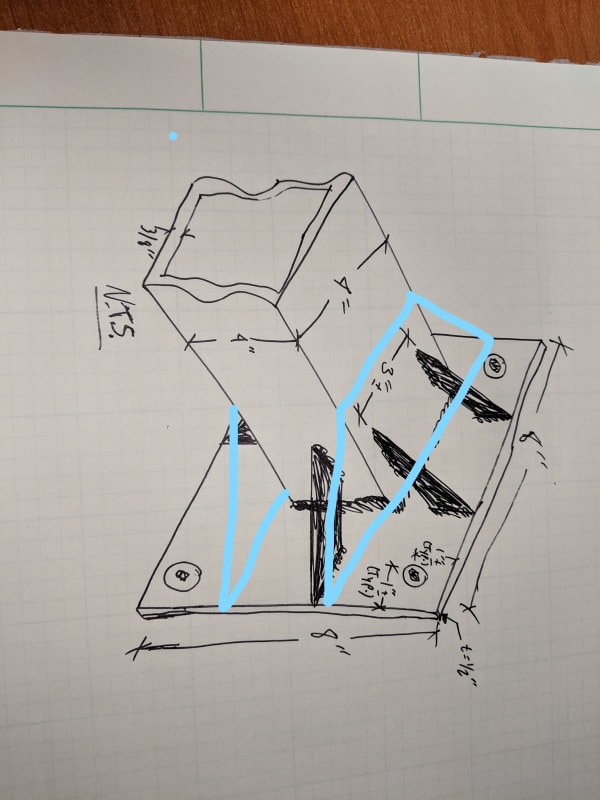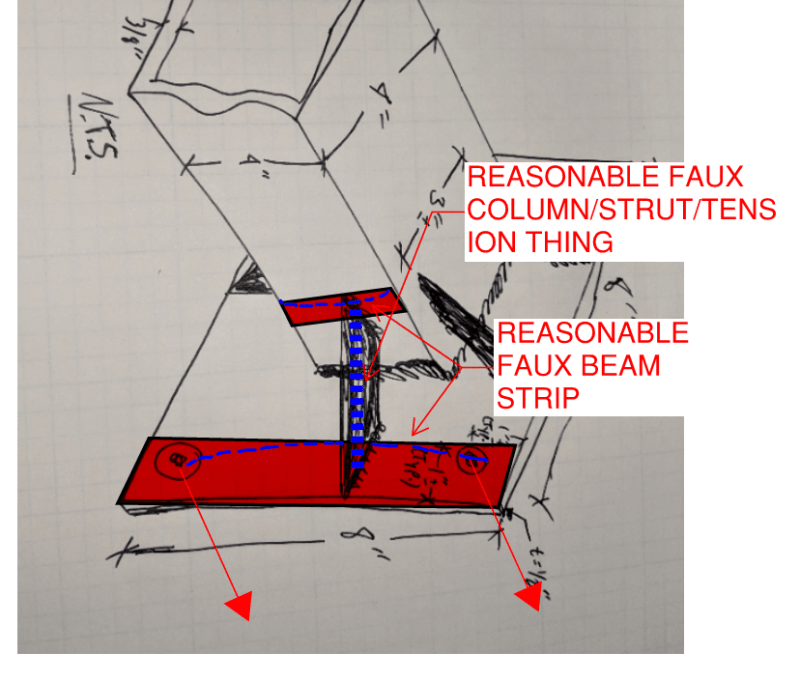DerekRChristian
Structural
- Feb 21, 2019
- 9
I can't for the life of me figure out how to correctly model and analyze this connection. I have a 4x4x3/8 square HSS tube with an 8x8xx1/2" plate fillet welded to the end.
This plate is then bolted at the corners to the main structure. I've attached a sketch.
Unstiffened, the plate is overstressed almost 200%, but I need to take the stiffeners into account. How can I figure this out?
This plate is then bolted at the corners to the main structure. I've attached a sketch.
Unstiffened, the plate is overstressed almost 200%, but I need to take the stiffeners into account. How can I figure this out?



![[shocked] [shocked] [shocked]](/data/assets/smilies/shocked.gif)